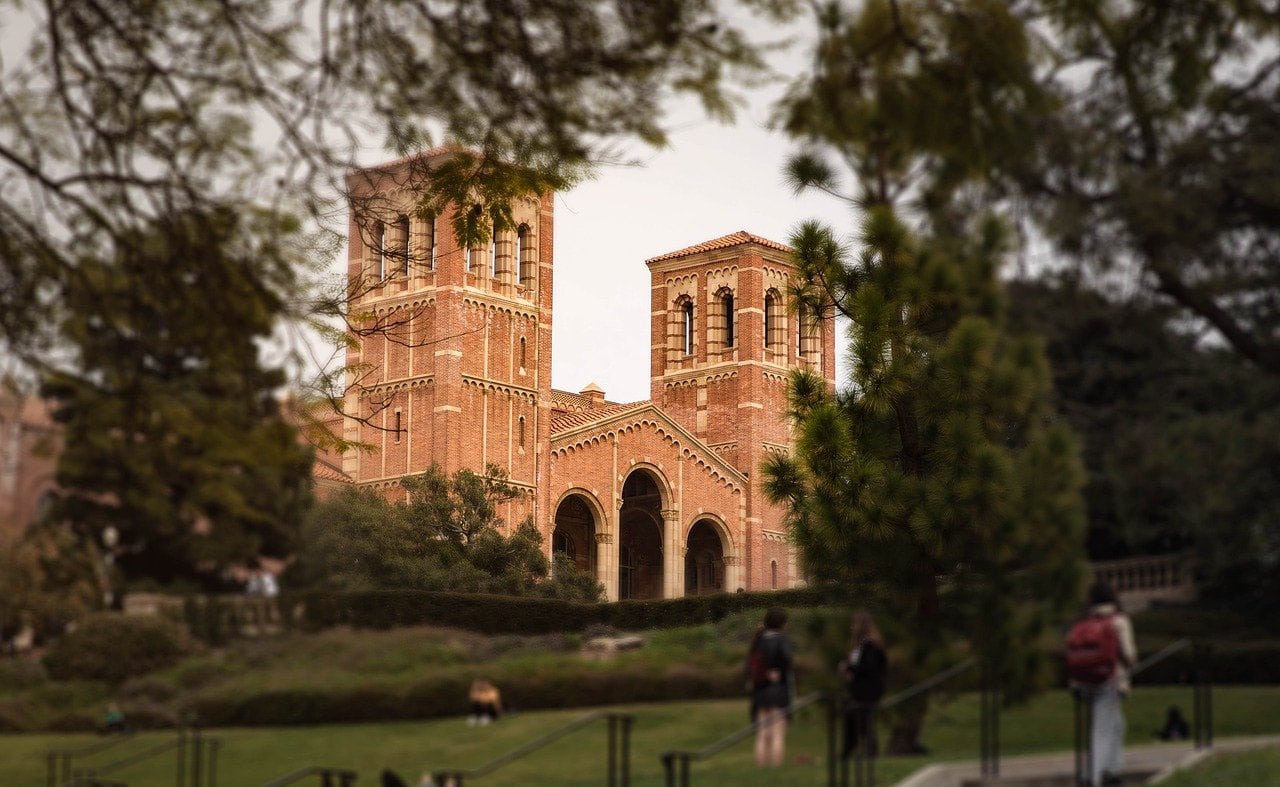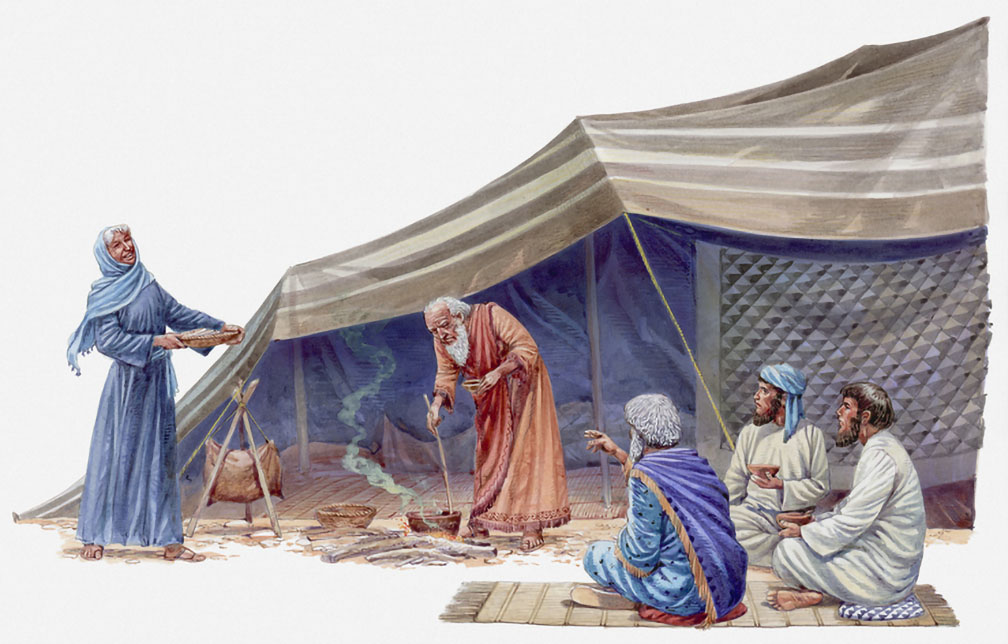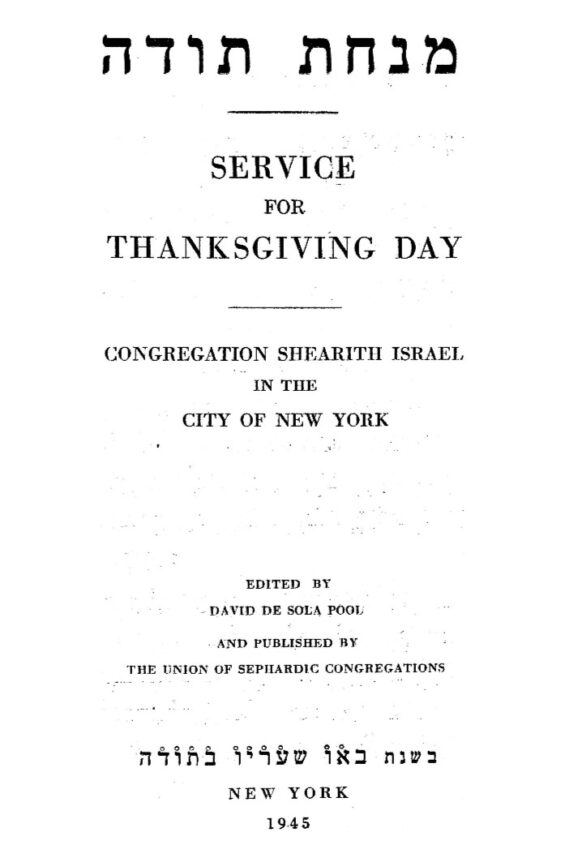“Christ the Lord: Out of Egypt” by Anne Rice (Alfred A. Knopf, $25.95).
Biblical fiction is a perilous business. Having committed not one but two such indiscretions in my time — a 1993 novel titled, “In the Shade of the Terebinth,” and a year later another called, “The Gospel of Joseph” — I know that many authors try to avoid the pitfalls of the genre by approaching the biblical tale from an odd or indirect angle. This is most often done through subsidiary characters, thereby shedding light on the story that everyone knows by telling a tale that no one does.
Anne Rice’s new novel, “Christ the Lord: Out of Egypt,” the first, according to its author, in a projected three- or even four-novel “autobiography” of Jesus, will have none of that. She tackles her story head-on, framing it as a first-person narrative of the thoughts and fears of a 7-year-old Jesus en route from exile in Egypt to his family’s home in Nazareth.
From the first page, this is a Jesus bewildered by the unusual powers he discovers in himself. He can make it snow; he can raise the dead — all of which is material Rice has drawn from the so-called apocryphal gospels, third or fourth century collections of legends and sayings that are often focused on Jesus’ childhood. Most of all, he is haunted by a recurring sense that family members know something about his origins and identity that they’re not yet able to tell him.
“An angel had come,” Rice has her central character muse, “an angel to my mother; and no man had been my father; but what did such a thing mean?”
That, in a nutshell, is Rice’s story, the outlines of which are familiar to most readers, Christian and non-Christian alike. What is not so familiar is the rich tapestry of first century Jewish and family life into which she plunges her characters.
Often pictured in Christian iconography as solitary figures, lost in a unique and incommunicable holiness, Rice’s “holy family” of Jesus, Mary and Joseph, by contrast, is part of a large, boisterous, affectionate Jewish clan, living a full, observant Jewish life together, full of rituals and prayers and the rhythm of the holy day feasts.
“Finally, the Sabbath was upon us. It came so quick. But the women were ready, with all the food prepared ahead of time, and it was a feast of dried fish that had been plumped in wine and then roasted, together with dates, nuts I’d never tasted before, and fresh fruit from the farmland around us, as well as plenty of olives and other splendid things…. We said our prayers of thanksgiving for our safe homecoming and began our study, all together, singing and talking and happy that it was our first Sabbath in our home.”
This is the most persuasive aspect of the book: Jesus lives, sleeps, eats, argues, talks politics and prays with a gaggle of aunts, cousins and near relatives. I was instantly reminded of an Israeli friend in Jerusalem who, when I once asked him to lunch, responded laconically, “You can’t afford it. My family and I, we move in 30s.”
The degree of accuracy of Rice’s account of Jewish life in first century Palestine is less important than the considerable pains she takes to imagine Jesus in that vital cultural and religious context: praying in a synagogue, studying Torah, observing Shabbat, bathing in a mikvah, going on pilgrimage to Jerusalem.
It’s a vitally important effort, and, perhaps, one of the most important services such fictional depictions of the life of Jesus perform for the reader. Such efforts situate Jesus in an authentically Jewish world and help us imagine him in it.
As such, they exemplify one of post-Holocaust Christianity’s most powerful, and salutary tendencies, the ongoing efforts to see Christianity as rooted in ancient Judaism, in common sources, in particular the Hebrew Scriptures and in a vital and living relationship with the Jewish people.
Contemporary Christians are only too aware that the imagination may be religiously misused to catastrophic effect. As the medieval Passion plays or the Oberammergau festival amply demonstrate, it is not a matter of indifference whether Jesus is pictured as a blonde-haired, blue-eyed Aryan, or as divorced from or hostile to his people and culture.
All this is quite a departure for Rice, who for decades has built her career on New Orleans gothic and an epic series of best-selling vampire chronicles. As one reviewer quipped, “What is this? ‘Interviews With the Messiah’?” a reference to Rice’s best-known book, “Interview With the Vampire.”
Rice, of course, is hardly alone in her literary attraction to the life of Jesus. It’s worth noting that the publication of Rice’s “Christ the Lord” coincides with the release of another piece of Christological fiction, “Jesus: The Novel” (Zondervan) by National Book Award-winner Walter Wangerin Jr. In fact, modern authors seem particularly drawn to the story of Jesus. Nikos Kazantzakis, Robert Graves, Japanese novelist Shusaku Endo, Anthony Burgess, the Yiddish writer Scholem Asch, Jose Saramago are a few of the major writers who’ve tried their hand at a Jesus novel or two.
Most of these novelists had axes to grind, however. Kazantzakis’ fiction, regardless of subject, is tormented by the dualism of flesh and spirit. Robert Graves’ “King Jesus” is less a study of the historical figure than a vehicle for the poet’s eccentric, though often entertaining, religious speculations.
Rice’s intentions are purer. As she puts it in her long author’s note at the end of the novel:
“The challenge was to write about the Jesus of the Gospels…. Anybody could write about a liberal Jesus, a married Jesus, a gay Jesus, a Jesus who was a rebel…. The true challenge was to take the Jesus of the Gospels … and try to get inside him and imagine what he felt.”
One of the pleasures of this book — indeed, of this whole genre — is placing the bare bones of biblical accounts into the imagined context of the times, of the sights, smells and rhythms of daily life in the ancient world.
Rice is very concerned to get the details right.
“At last we began dipping our bread,” Rice’s young Jesus relates. “It was so good — not just a sauce but a thick pottage of lentils and soft-cooked beans and peppers and spices. And there were plenty of dried figs to chew after the hot flavor of the pottage….”
She can be more than a little obvious in introducing every possible political actor in Second Temple period Palestine to the child Jesus, as he and his large extended family make their way to Galilee. (Roman soldiers, marauders, brigands, Zealots — Can the group not manage to avoid a single known peril?) Nevertheless, she places Jesus, accurately, in a first century milieu of political instability, rebellion, lawlessness and Roman brutality.
“I was so scared I couldn’t breathe. They [the Roman soldiers] had said ‘crucify,’ and I knew what crucifixion was. I’d seen crucifixion outside Alexandra, though only with quick looks, because we wanted never, never to stare at a crucified man. Nailed to a cross, stripped of all clothes and miserably naked as he died, a crucified man was a terrible shameful sight.”
Finally, it is Rice’s sincere and generally well-informed attempt to place Jesus not merely in plausible first century surroundings but in the rich and vibrant Jewish world we recognize from the ancient sources that make her exercise especially worthwhile.
In view of the long and tragic history of the evils to which a misinformed imagination can be put, Rice’s honest offering is no small thing.
Gabriel Meyer is an award-winning poet, journalist and novelist. He won Catholic Press Association awards for his coverage of the first Palestinian intifada in 1989 and went on to cover the Balkan war for the National Catholic Register in the early 1990s. Since 1998, he has written extensively on the civil war in Sudan and his book War and Faith in Sudan” (Eerdmans), has just been released.




















 More news and opinions than at a Shabbat dinner, right in your inbox.
More news and opinions than at a Shabbat dinner, right in your inbox.